Time Present and Time Past
Finding history around every curve of the Amalfi Coast.
- View of Amalfi Coast Road between Atrani and Amalfi, Ernesto Samaritani, c.1940s.
Sometimes I say jokingly that every curve of the Amalfi Coast has history. In reality, that’s not very far from the truth. I was reminded of that recently when I happened across an old photo of the curve between Atrani and Amalfi where the Hotel Luna is located. This photo, above, was taken by Ernesto Samaritani (1896-1981), a photographer from Naples who lived many years in Amalfi. (In the house where I live! But that’s a story for another day…) He’s been described as “the photographer of the Amalfi Coast” and captured the soul of this place in his photos.1
If looking at old photos is a hobby, it’s certainly one of mine. As long as I can remember, I’ve been drawn to historic photographs and how they hold a moment of time in a place. Looking closely at this particular photo, which was taken around the 1940s, it shows the Amalfi Coast Road from Atrani toward the Hotel Luna. The historic watchtower on the left is a restaurant for the hotel, with the main part of the hotel across the road on the right. I could tell, rather surprisingly, that not much had changed since that photo had been taken. One morning, recently, I went to see the road from the same viewpoint. Take a look for yourself:
- Same view, February 2024.
You can see that the white building on the road that was the garage for the Hotel Luna is now the much larger Luna Rossa parking garage tunneled into the mountain. (Yes, you can park inside a mountain in Amalfi!) The small Cappella del Crocifisso is still there to the right of the garage. Otherwise, not much has changed. That in itself is rather remarkable when so much of the urban landscape of the coastline has changed over the years.
At first, I wasn’t going to share this past and present photo comparison. It was just one of the weird ways I entertain myself on a morning walk. Then the other morning while listening to Benjamin Taylor’s recent biography of Willa Cather, he spoke about one of Cather’s great themes:
“She would have understood T.S. Eliot’s remark that we live not just in the present but in the present moment of the past, past and present being the warp and weft of all experience.”2
—Benjamin Taylor, from Chasing Bright Medusas: A Life of Willa Cather (Bookshop.org | Amazon)
That literally stopped me in my tracks. I realized that is exactly what drives my interest in historic photographs and fascination with how things change and how they stay the same. It is the warp and the weft that creates everything I love about this place. Comparing old photos to present day is like picking away at that fabric to see what I can find in the frayed edges.
- Seeing places and faces of the past in vintage postcards. (Author’s collection)
That quotation then led me back to T.S. Eliot’s Four Quartets, which starts out reflecting on time past and present, what might have been, and the future:
Time present and time past
Are both perhaps present in time future,
And time future contained in time past.—T.S. Eliot, Burnt Norton, No. 1 of Four Quartets
What I usually unravel those frayed edges are questions. With this particular photo—just a simple shot recording a specific curve in the road at a specific moment in the past—there was something that caught my eye. As I stood as close as I could trying to take the same photo, I noticed that something had in fact changed. Having walked that road countless times, I realized that the exact point where that photo was taken doesn’t exist anymore. Indeed, that’s because the road in the foreground of the photo on the right doesn’t exist anymore. But where did it go?
Buckle up, folks, for a bumpy rabbit hole ride along one of the world’s most beautiful roads.
- Vintage postcard showing the Hotel Luna and road to Atrani. (Author’s collection)
Just barely 171 years old, the Amalfi Coast Road hasn’t always looked exactly the way it does today. If you’ve driven on the coastline, you’ll remember there are a lot of tunnels along the road. Many of them, however, don’t date to the earliest days of the Amalfi Coast Road due to construction limitations and a great many handfuls of other problems. When it came to continuing the road from Atrani to Amalfi, the road originally hugged the mountainside, as you can see in the postcard above. Why build a tunnel when you don’t need to build a tunnel?
In trying to recreate the exact photo by Samaritani, that’s when I realized it must have been taken from that road before the tunnel between the two towns was built in 1951. Hard to date exactly at first, this means his photo was taken sometime before 1951. You can see in other historic photos of Atrani—like the spectacular one below taken from the belltower of the Collegiata di Santa Maria Maddalena—how the road curved around the outside of town.
- Postcard showing Atrani before the tunnel was built. (Author’s collection)
(Rest stop: Hands up if you want me to recreate that photo!)
Before happening across that Samaritani photo, I hadn’t ever stopped to wonder why a tunnel was built there. Why build a tunnel? As it turns out, so cars can stop in Atrani. You can see in the photo above that while the road went through Atrani, there was no way to get from the road down to the main level of town below.
- The road through Atrani in a 19th-century lithograph.
To solve this problem, a tunnel was built through the mountain so the earlier road that went around the outside of the mountain could be modified to create a road with tight switchbacks that leads down to the beach level in Atrani. Today there’s a small parking lot and a road leading up through the center of town. That part of the road down to the beach was finished in 1954.
So, back to the original photo, where Ernesto Samaritani was standing to take his photo was somewhere between the present day restaurant Da Zaccaria, where I stood to take my version of the photo, and the zig-zag road going down.
By the way, as handy as the tunnel is today for traffic, I wouldn’t recommend walking through it on the way to or from Atrani. Instead, just before the tunnel head through the outdoor seating area of the Ristorante Da Zaccaria. You’ll walk through there and go down some steps. Continue up the road to the left to rejoin the Amalfi Coast Road or head down to the right to reach the beach and the cute square in the town called Piazza Umberto I.
Now every time I walk up or down those steps, I’ll be thinking of the ghost of that road. A simple photo of a specific road at a specific time has become a memory of what no longer is.
- A stereograph showing the old road around and view of Atrani.
Perhaps you’ll stop and wonder about it as well. That’s the remarkable thing about curiosity, it often takes us on the most satisfying adventures because there’s an element of the unexpected. Simply looking at this one old photo made me wonder about the tunnel and the road and how it has changed and adapted over the centuries.
There’s a lot of talk about slow travel these days, but it’s not an easy topic to get into in meaningful ways. But what if it’s less about the speed with which we travel and more about curiosity? With giving ourselves enough time to see which types of questions we can unravel in the edges?
What questions do you have about where you live? About where you’d like to travel? About the Amalfi Coast?
I’d love to hear in the comments below!
Maurizio Apicella, Capturing Light: Amalfi Coast Photographs from 1852 to 1962, Costa d’Amalfi edizioni, 2012, p. 127.
The remark referred to by T.S. Eliot comes from the ending of his 1919 essay “Tradition and the Individual Talent”: “And the poet cannot reach this impersonality without surrendering himself wholly to the work to be done. And he is not likely to know what is to be done unless he lives in what is not merely the present, but the present moment of the past, unless he is conscious, not of what is dead, but of what is already living.”


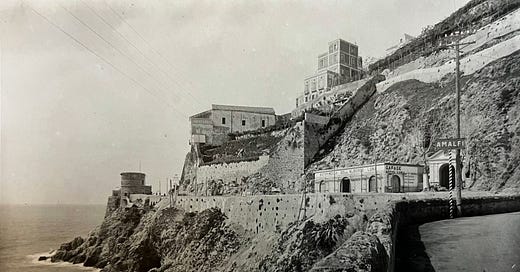



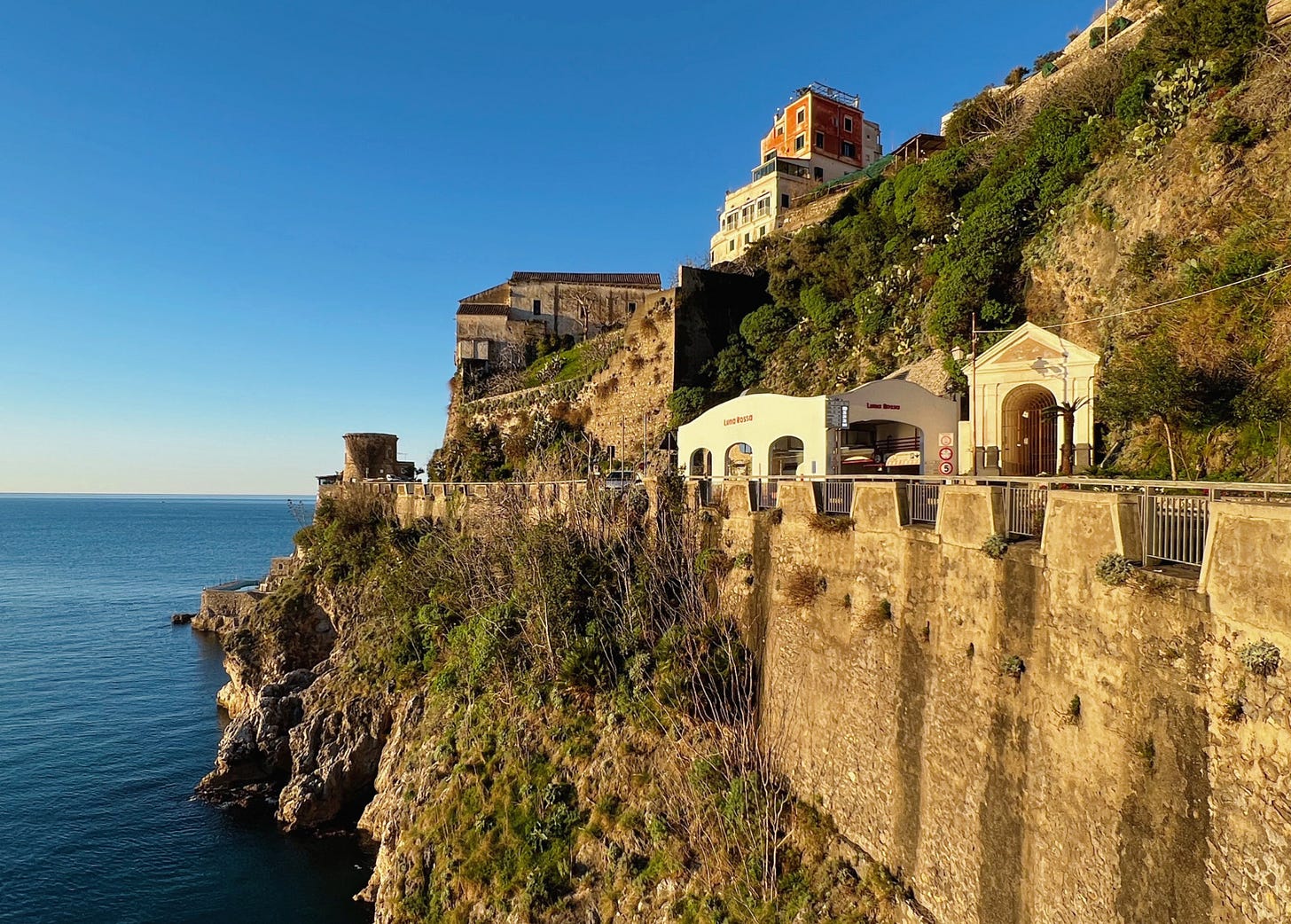
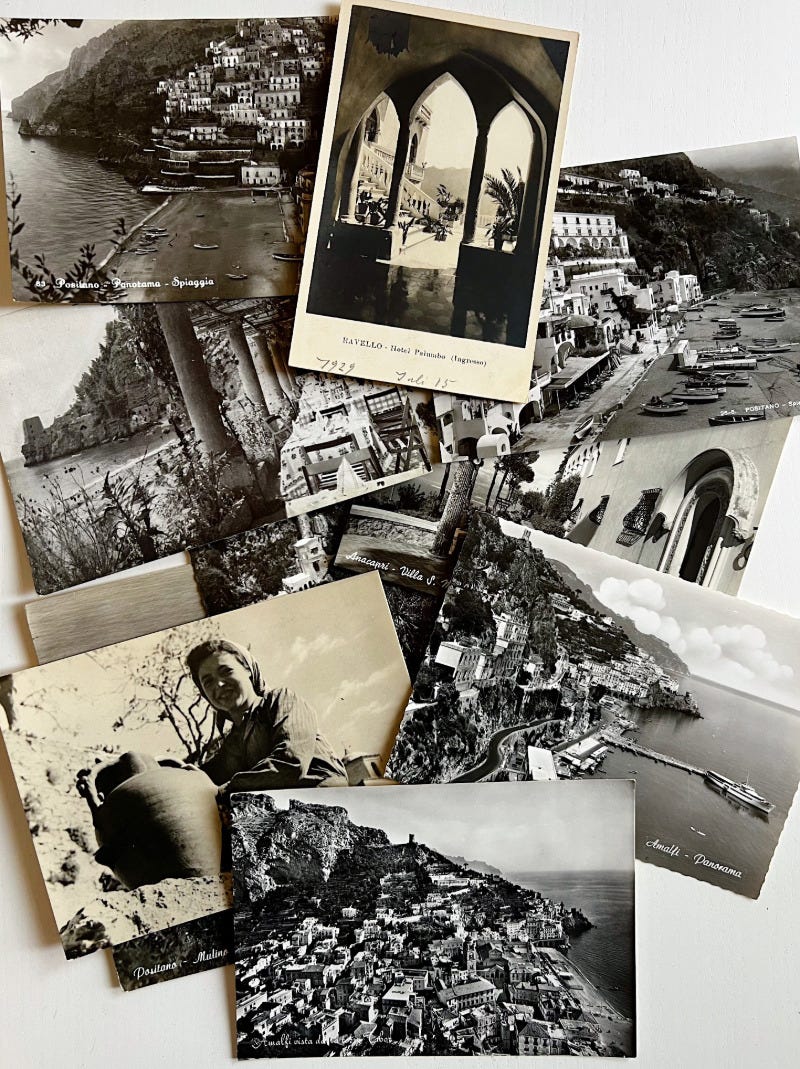
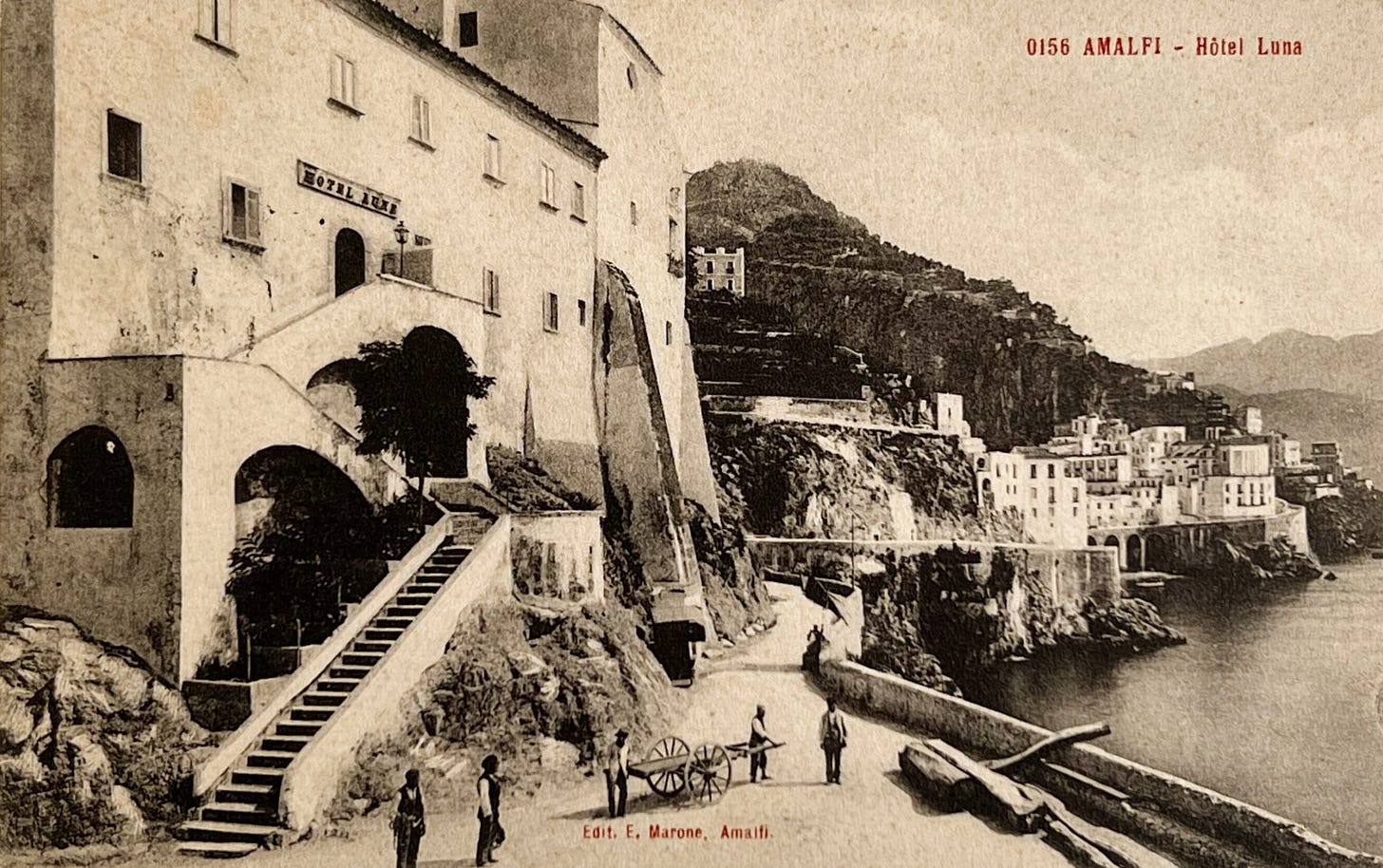
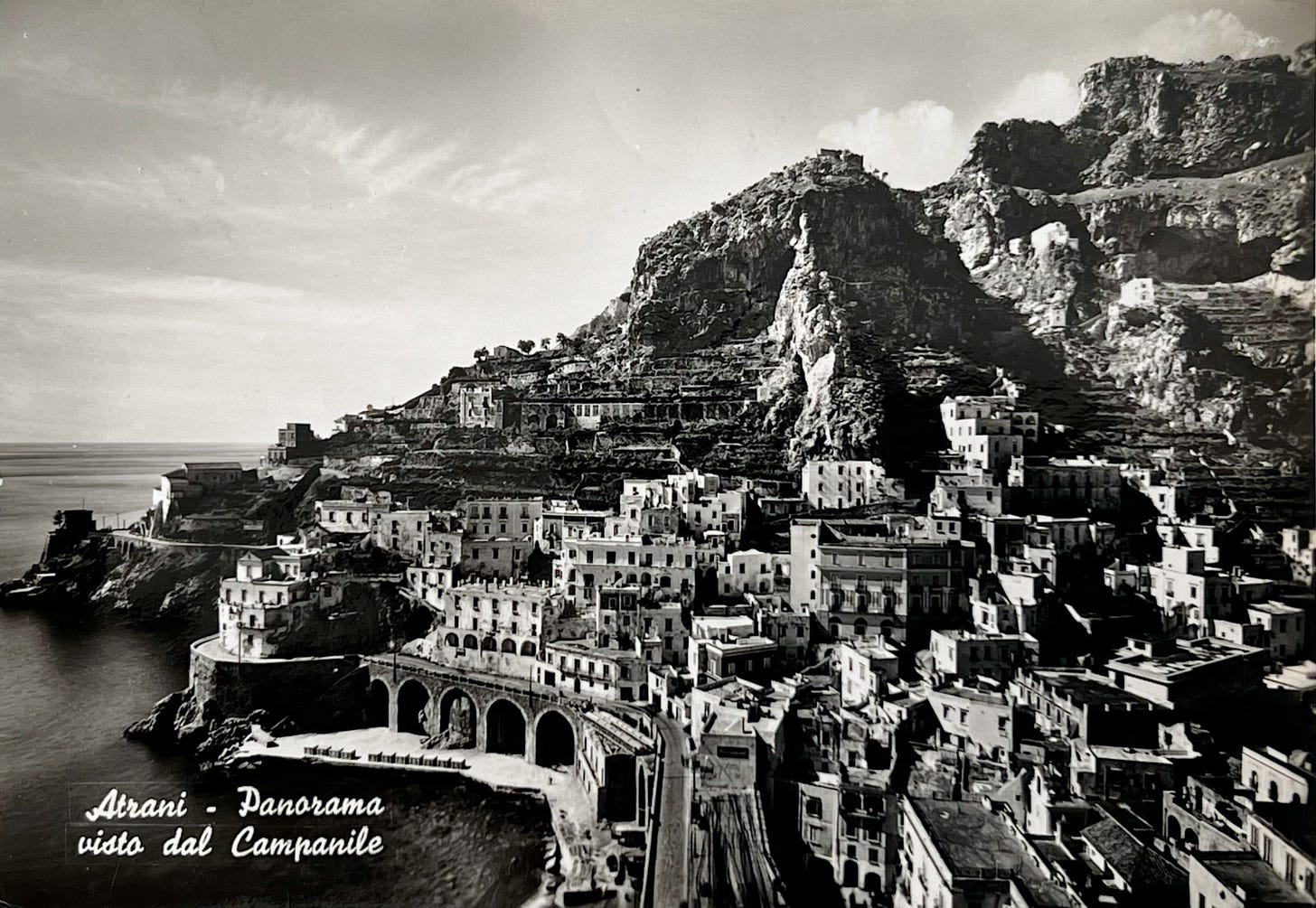
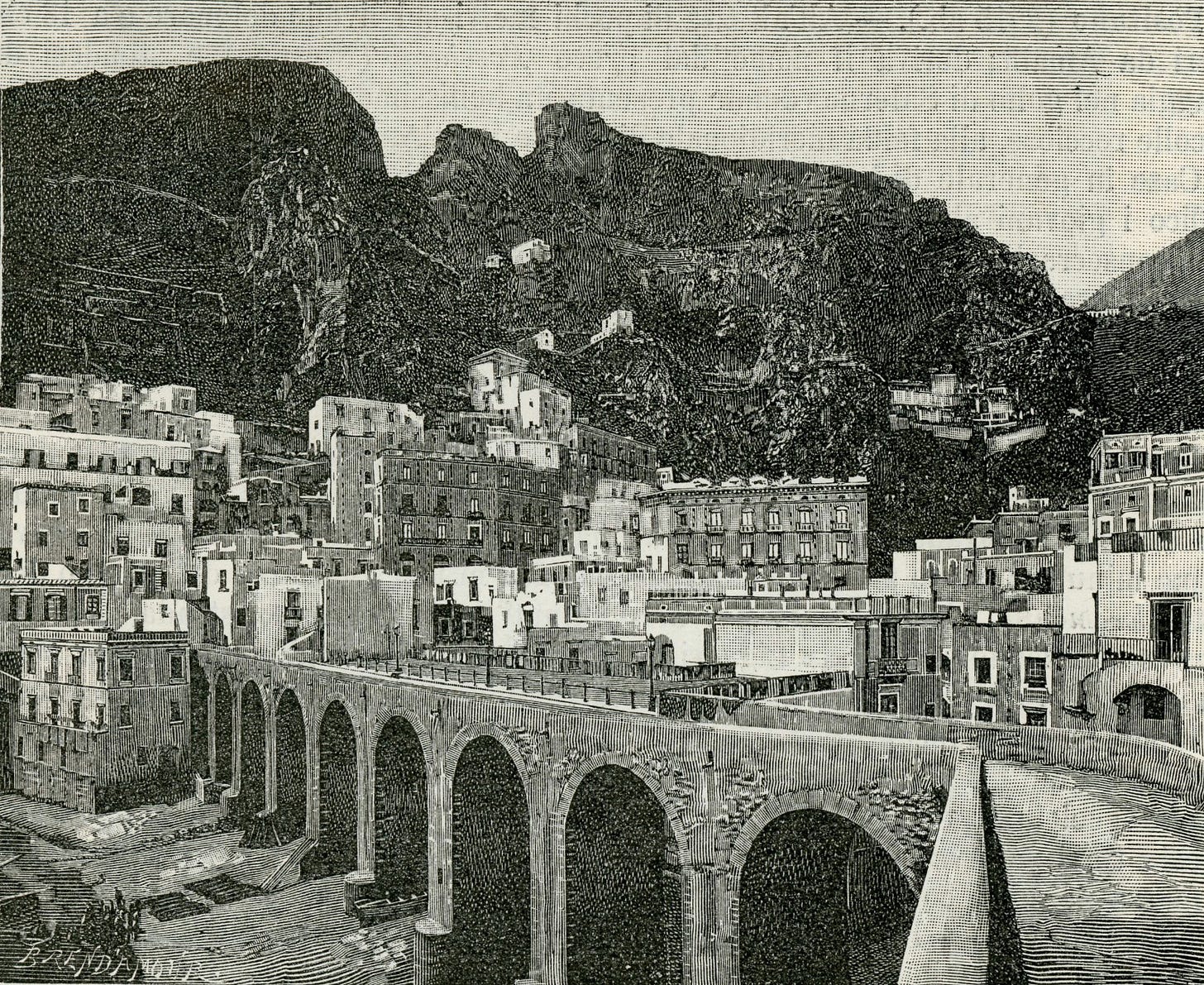
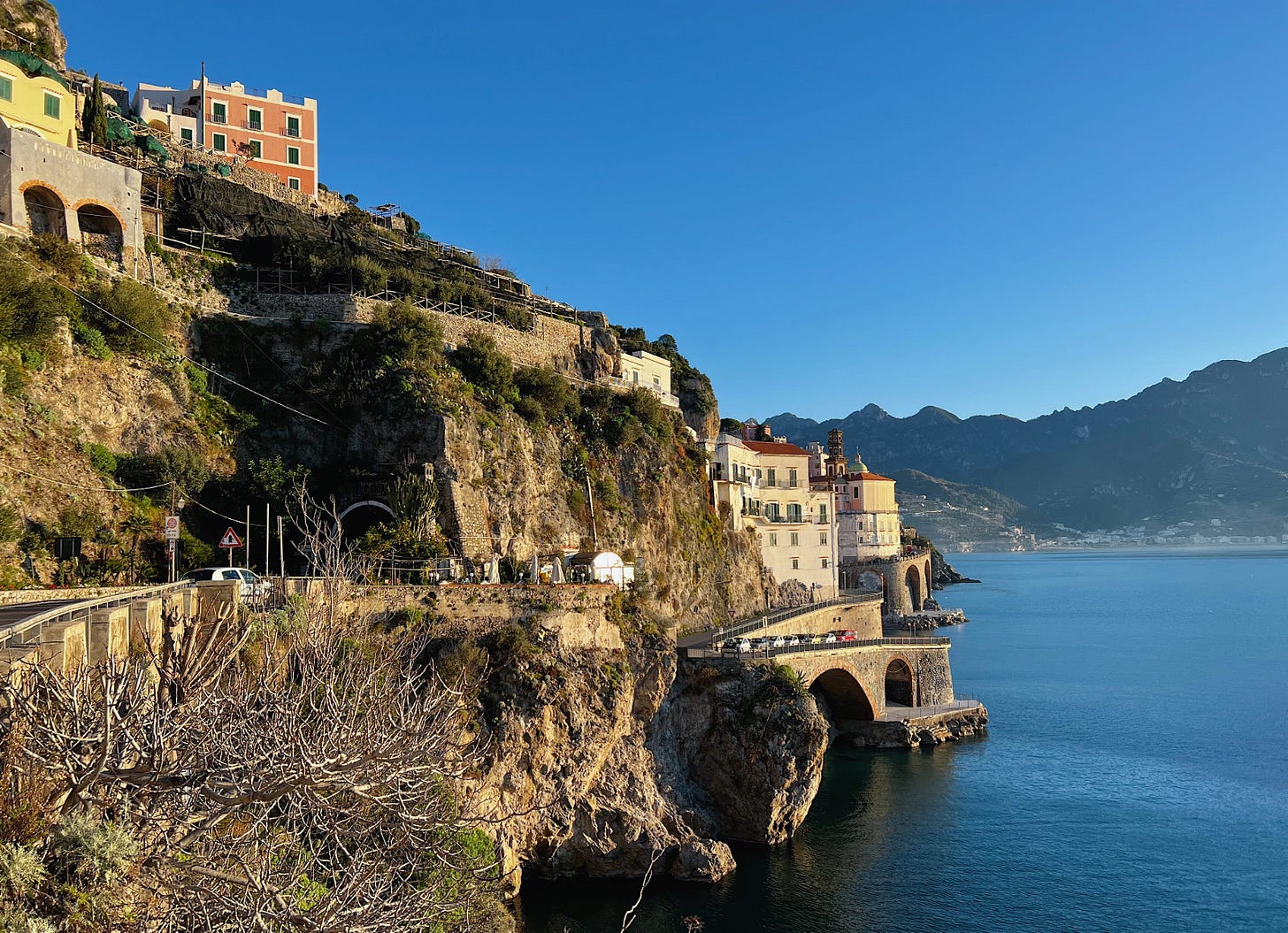
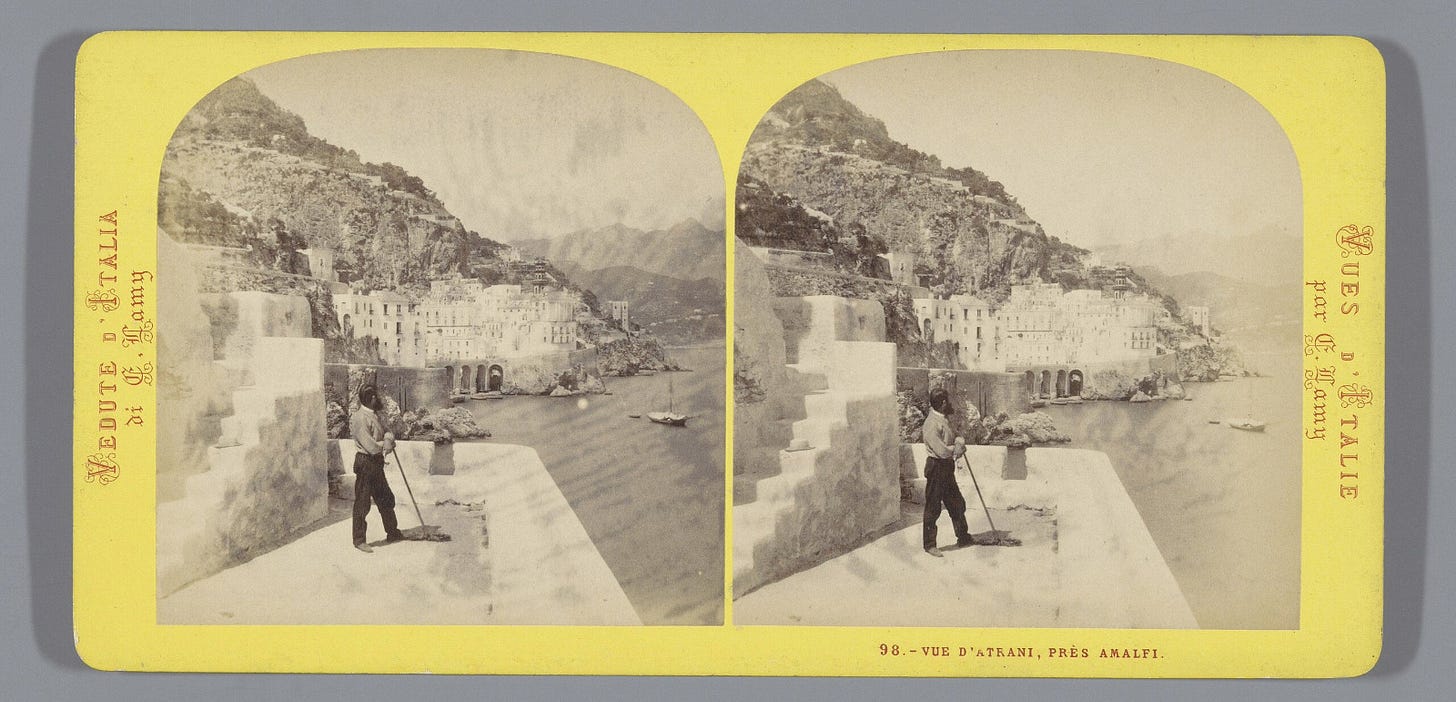
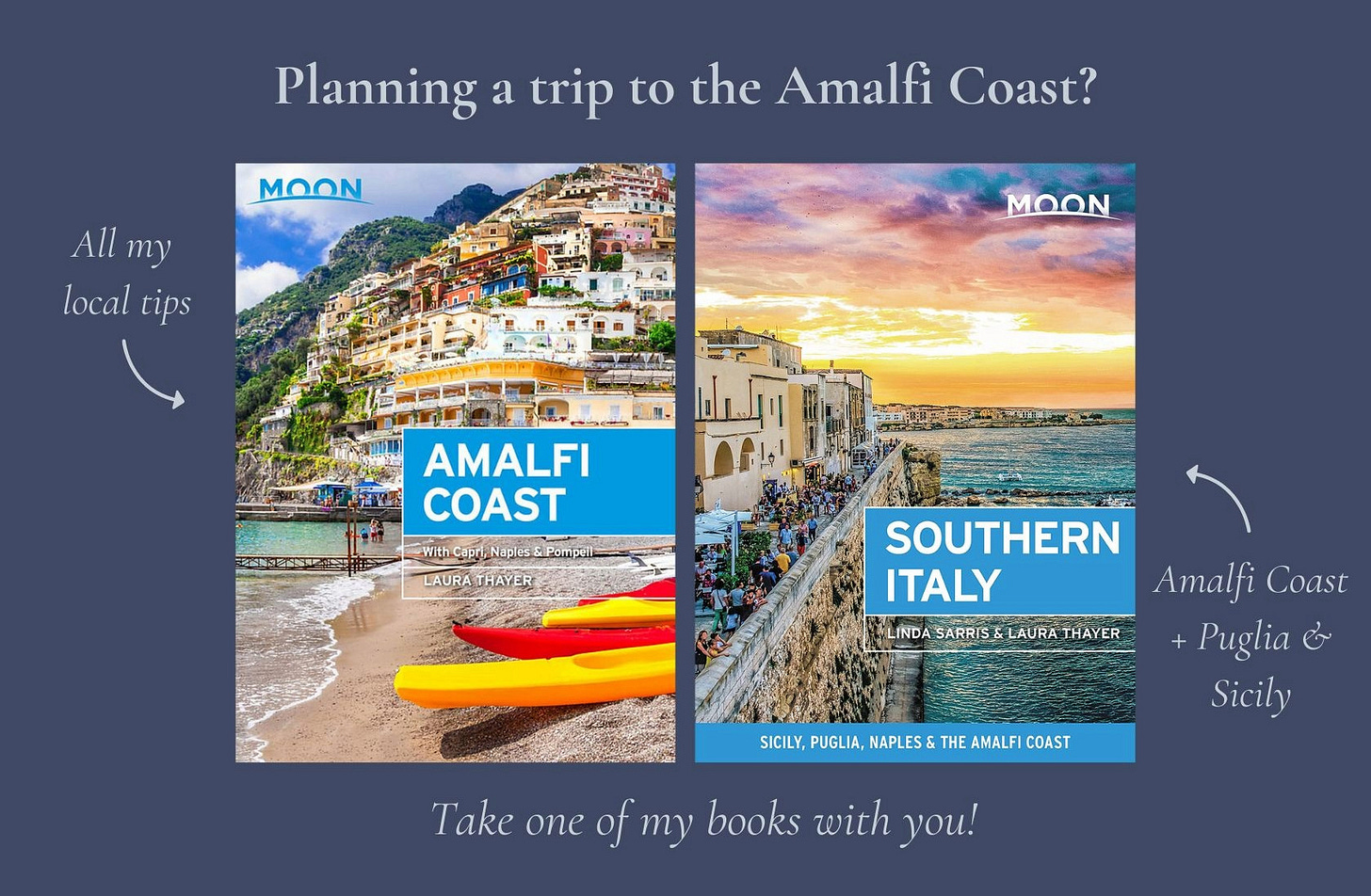
Fabulous writing! I love the idea of following your curiosity and seeing what you discover. There's a quote by Dogen Zenji (a buddhist monk/teacher from the 1300s) "Time goes from present to past"
I feel like that fits right in with the beautiful quotes you used. Time is such an elusive and yet ever present experience.
Hello Laura, I love your article and so happy to read about my favorite spot in the world. If you had to recommend an area on the Amalfi Coast to live, what would be your top spots? I've driven the Amalfi Coast several times and love, love, love it! My grandparents are from Positano and Vico Equense.